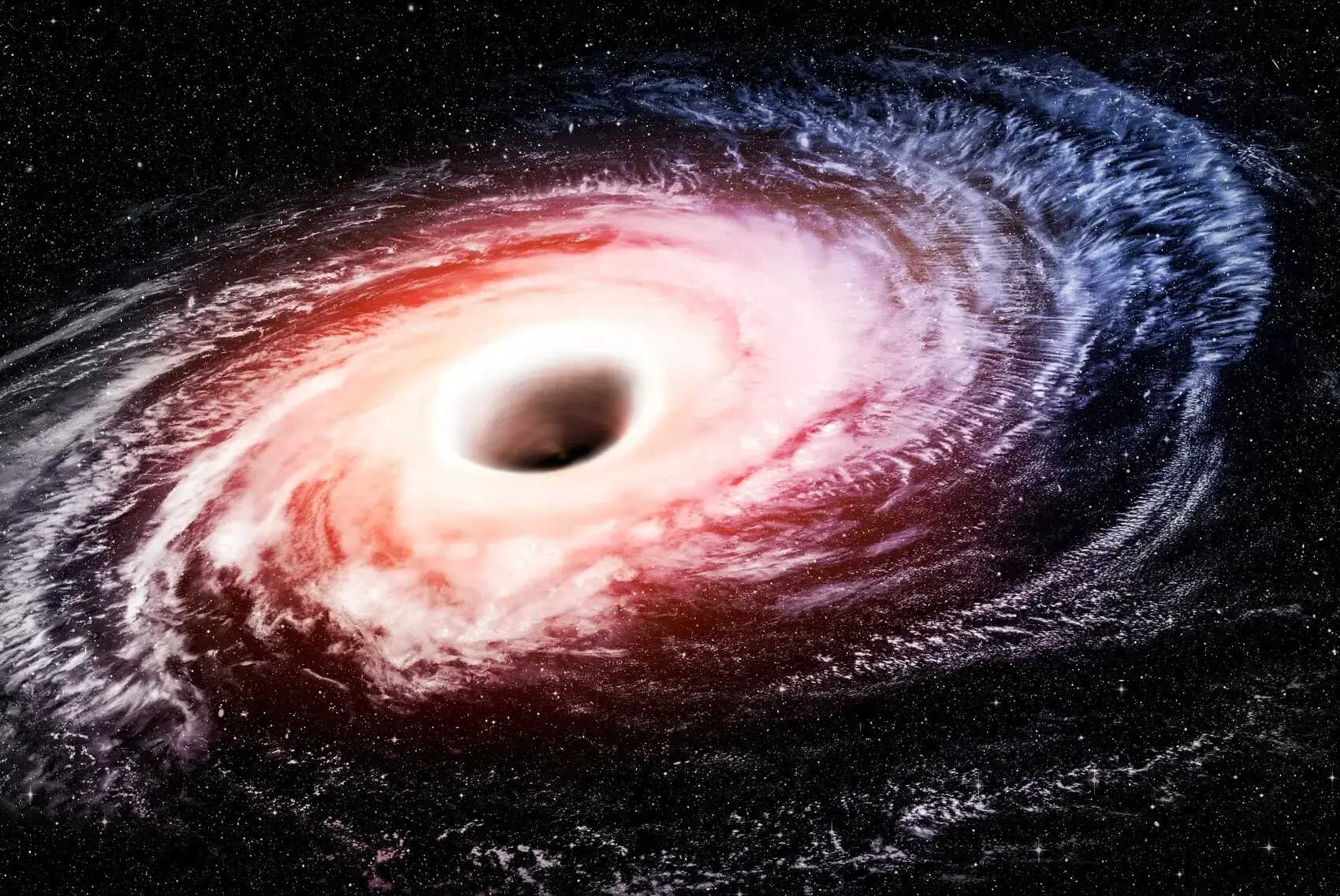
Quasi-periodic oscillations (QPOs) are a fascinating phenomenon observed in various astrophysical systems, such as neutron stars and black holes. These oscillations are not strictly periodic but show a pattern that repeats over time. QPOs provide crucial insights into the behavior of matter in extreme gravitational fields. Scientists study these oscillations to understand the physics of accretion disks and the properties of compact objects. They are detected through X-ray observations, revealing information about the inner regions of accretion disks. Understanding QPOs can help unravel the mysteries of the universe, offering a glimpse into the dynamics of some of the most energetic and enigmatic objects in space.
What Are Quasi-periodic Oscillations?
Quasi-periodic oscillations (QPOs) are fascinating phenomena observed in various astrophysical systems. They are periodic-like signals, but with some irregularities. These oscillations are often found in the light curves of X-ray binaries and other celestial objects.
-
QPOs are not perfectly periodic. Unlike a clock's ticking, QPOs have slight variations in their timing, making them quasi-periodic.
-
First discovered in the 1980s. Astronomers first noticed QPOs while studying X-ray emissions from binary star systems.
-
Common in X-ray binaries. These systems consist of a normal star and a compact object like a neutron star or black hole, where QPOs are frequently observed.
-
Linked to accretion disks. The oscillations are thought to originate from the inner regions of the accretion disk surrounding the compact object.
-
Frequency ranges vary. QPOs can have frequencies ranging from a few millihertz to several hundred hertz.
How Do Scientists Detect QPOs?
Detecting QPOs requires specialized instruments and techniques. Scientists use data from space-based telescopes and sophisticated algorithms to identify these oscillations.
-
X-ray telescopes are crucial. Instruments like NASA's Rossi X-ray Timing Explorer (RXTE) have been instrumental in detecting QPOs.
-
Fourier analysis helps. This mathematical technique decomposes a signal into its constituent frequencies, making it easier to spot QPOs.
-
Timing analysis is key. By examining the arrival times of X-ray photons, scientists can identify periodic patterns indicative of QPOs.
-
Data smoothing techniques. Smoothing the data helps to reduce noise, making the QPO signals more apparent.
-
Machine learning aids detection. Advanced algorithms can sift through vast amounts of data to find subtle QPO signals.
Why Are QPOs Important?
Understanding QPOs can provide valuable insights into the behavior of matter under extreme conditions and the nature of compact objects.
-
Probe extreme gravity. QPOs offer a way to study the effects of strong gravitational fields near black holes and neutron stars.
-
Test general relativity. Observations of QPOs can help test predictions made by Einstein's theory of general relativity.
-
Understand accretion processes. QPOs provide clues about how matter behaves as it spirals into a compact object.
-
Measure mass and spin. The properties of QPOs can be used to estimate the mass and spin of the compact object in an X-ray binary.
-
Study magnetic fields. QPOs can reveal information about the magnetic fields in the vicinity of neutron stars.
Types of Quasi-periodic Oscillations
QPOs come in various types, each with unique characteristics and implications for astrophysical research.
-
Low-frequency QPOs. These have frequencies below 1 Hz and are often associated with the outer regions of accretion disks.
-
High-frequency QPOs. Found at frequencies above 100 Hz, these are linked to the innermost regions of the accretion disk.
-
Harmonic QPOs. Sometimes, QPOs appear at multiples of a fundamental frequency, known as harmonics.
-
Twin QPOs. In some systems, two QPOs with different frequencies are observed simultaneously, providing more complex data.
-
Intermittent QPOs. These QPOs appear and disappear over time, adding to the complexity of their study.
Challenges in Studying QPOs
Despite their importance, studying QPOs presents several challenges that scientists must overcome.
-
Data noise. X-ray data can be noisy, making it difficult to identify QPO signals.
-
Short observation times. Limited observation windows can make it hard to gather enough data for analysis.
-
Complex models. Theoretical models of QPOs are complex and require significant computational resources.
-
Variability. The quasi-periodic nature of QPOs means their properties can change over time, complicating analysis.
-
Instrument sensitivity. Detecting QPOs requires highly sensitive instruments, which are not always available.
Future of QPO Research
The study of QPOs is an evolving field, with new discoveries and technologies continually advancing our understanding.
-
Next-generation telescopes. Future space missions like the European Space Agency's Athena X-ray Observatory will provide more detailed data on QPOs.
-
Improved algorithms. Advances in machine learning and data analysis techniques will enhance the detection and study of QPOs.
The Final Word on Quasi-Periodic Oscillations
Quasi-periodic oscillations (QPOs) are fascinating phenomena that offer a glimpse into the complex workings of the universe. These oscillations, found in various astrophysical systems, help scientists understand the behavior of black holes, neutron stars, and other celestial objects. By studying QPOs, researchers can gain insights into the extreme environments and physical processes occurring in these distant regions.
QPOs are not just limited to space; they also appear in other fields like climate science and engineering, showcasing their versatility. As technology advances, our ability to detect and analyze these oscillations will only improve, leading to even more discoveries.
Understanding QPOs is crucial for advancing our knowledge of the universe and the laws governing it. So, next time you hear about QPOs, remember that they are more than just a scientific curiosity; they are a key to unlocking the mysteries of the cosmos.
Was this page helpful?
Our commitment to delivering trustworthy and engaging content is at the heart of what we do. Each fact on our site is contributed by real users like you, bringing a wealth of diverse insights and information. To ensure the highest standards of accuracy and reliability, our dedicated editors meticulously review each submission. This process guarantees that the facts we share are not only fascinating but also credible. Trust in our commitment to quality and authenticity as you explore and learn with us.
